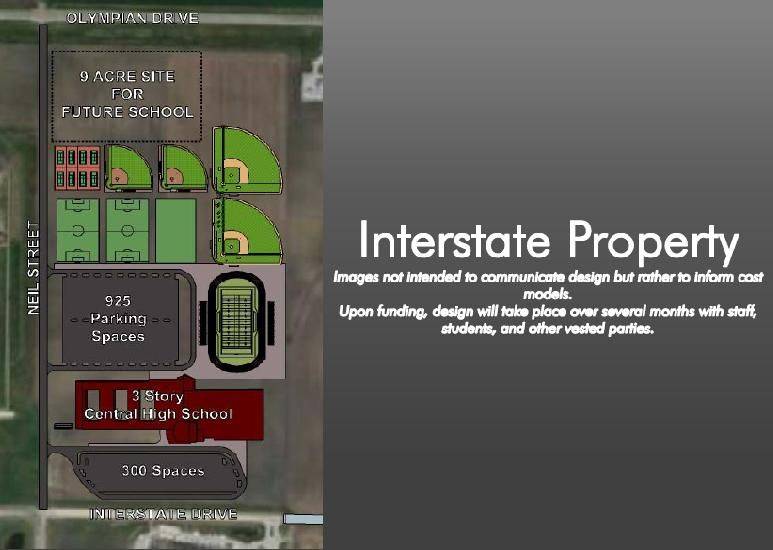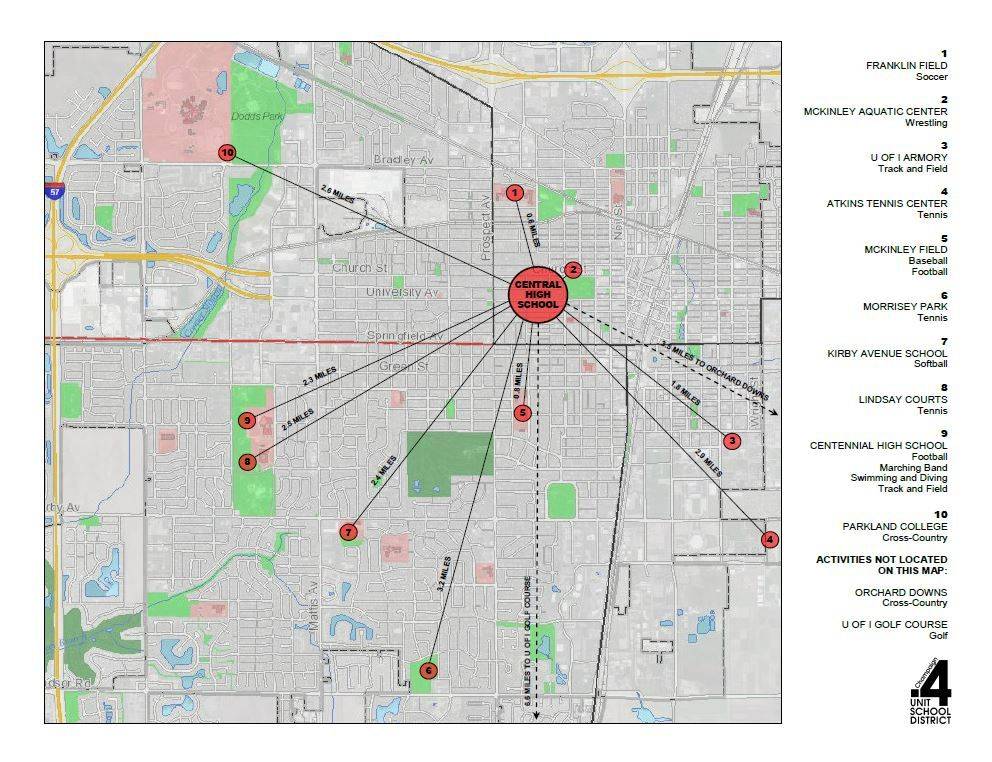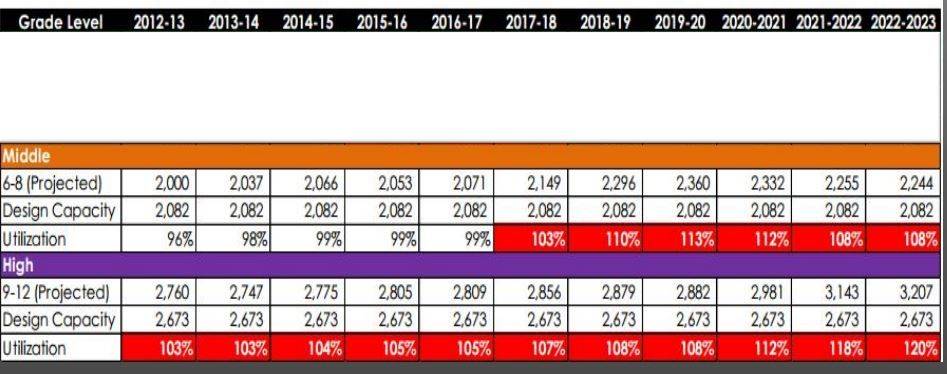 Payton Woods plays three sports at Central High School — swimming, cross country, and track. During swim season, his parents drive him to Centennial High School at 5:30 in the morning for practice, which ends at 7 a.m. Then it’s back to home for a quick shower, school at Central until 3:20 p.m., then an additional three hours spent in the evening for more practice at Centennial High School.
Payton Woods plays three sports at Central High School — swimming, cross country, and track. During swim season, his parents drive him to Centennial High School at 5:30 in the morning for practice, which ends at 7 a.m. Then it’s back to home for a quick shower, school at Central until 3:20 p.m., then an additional three hours spent in the evening for more practice at Centennial High School.
Many mornings during the winter, it’s below-zero temperatures, and all the driving back and forth between high schools can take a toll on parents, Payton said.
It’s a problem most athletes at Central High School face, where due to lack of facilities and the many sports teams, student-athletes have to travel off campus to nearby parks or Centennial High School. The student-athletes are driven, take busses, or simply walk if they have to, and they are responsible for their own rides home.
It’s a social justice issue more than anything else, said John Woods, Payton’s father and athletic director at Central High School. Low-income students that want to play sports don’t have as much access to extracurricular activities as other students, simply because they can’t organize rides to off-campus locations where practices are held.
It’s one of the main aspects of Central High School that John Woods is looking to change in the coming years, as plans to build a new Central High School at one of two locations is taking shape this summer.
The goal is a 21st century high school that provides the necessary means for kids to learn and grow and not just for now but for decades to come.

Recently, on June 18, community residents weighed in on the two locations being considered for the new Central High School. One is a site on Interstate Drive, which the District purchased in January for $3.2 million. The other is a site on Spalding Park, but that option would cost an additional $45.8 million according to estimates by Gorski Reifsteck/DLR Group, the group overseeing construction management of the project.
Built 80 years ago in 1934, the current Central High School lacks many of the basics that schools need to properly educate students. Classrooms are small and filled past capacity, and due to the lack of air-conditioning, many students can’t concentrate throughout class.
“When it’s 90 degrees out, many students get distracted and can’t focus in class,” Payton said.
As noted in the presentation given at the community meeting on June 18, enrollment is already beyond capacity for both high schools in the Champaign community and has been for at least two years. With a design capacity of 2,673 students, the projected enrollment for the 2014-2015 school year is 2,775.
A new high school seems to be a must, and it needs to be a “21st century high school,” according to John Woods. That means air-conditioning for starters, larger classrooms to accommodate the growing population, and superior ways to integrate technology into classroom teaching.

“You hear people in the community saying, Central was good enough for me, and my response would be pretty simply that the record player, the eight-track tape player, the rotary phone, VHS, all these things were good enough decades ago. Classrooms have changed. We’re moving into the 21st century,” John Woods said.
He added, “[We need] space for computer science, STEM courses, special education courses, English as a second language classes, enhanced music and performing arts space, marching band practice space, collaborative and co-curricular space for our staff and our kids.”
And there are even more basic needs as well. Take the case of parking spaces at Central High School. For the 150-plus staff members, there are around 125 parking spots. For the students, there are none available, forcing staff and students to find parking spots along the road.
During winter, this creates multiple problems, John Woods said. Not only are young drivers forced to find spots along the streets in zero degree weather with snow and ice causing problems, students are forced to cross streets in dangerous wintry conditions, creating liability issues as well.
The presentation at the community meeting noted that the new high school academic spaces needed by 2022 will be 22 additional classrooms, seven science labs, and five PE stations. 78 percent of those present, when asked which site they would support, voted for the Interstate site over the Spalding site.
A recent survey conducted in the community revealed a closer divide with 49 percent saying they would support a new high school at the Interstate site, 32 percent saying they preferred the Spalding site, and 19 percent saying they had no opinion or not enough information to form an opinion.
The $45.8 million in additional costs for building at the Spalding site include demolition of current park structures, acquisition and demolition of properties around the park, and a 15 percent increase in building construction costs, specifically related to structural factors and a parking structure that would support 625 vehicles.

On the athletic side of things, John Woods said, “That new campus, my vision, is that we have an all-inclusive campus that has eight tennis courts, two soccer fields, at least two football fields, one practice field and one competition field. We would need a swimming pool. We would need gymnasium space and indoor track space and have space for four courts. And of course all could be used for P.E.”
But the main goal is “we have a campus where students arrive to go to school and don’t leave till they go home,” John Woods said.
For Payton and the other 743 registered athletes at Central High School, that would be a blessing, as a school like that would cut down on travel time and the possibility of being stranded at an off-campus location.
But after all the athletic requests, Payton, when asked what he would like in the new high school, said, “Bigger classrooms and air-conditioning. And classes where you don’t have to travel to Centennial to take them.”








